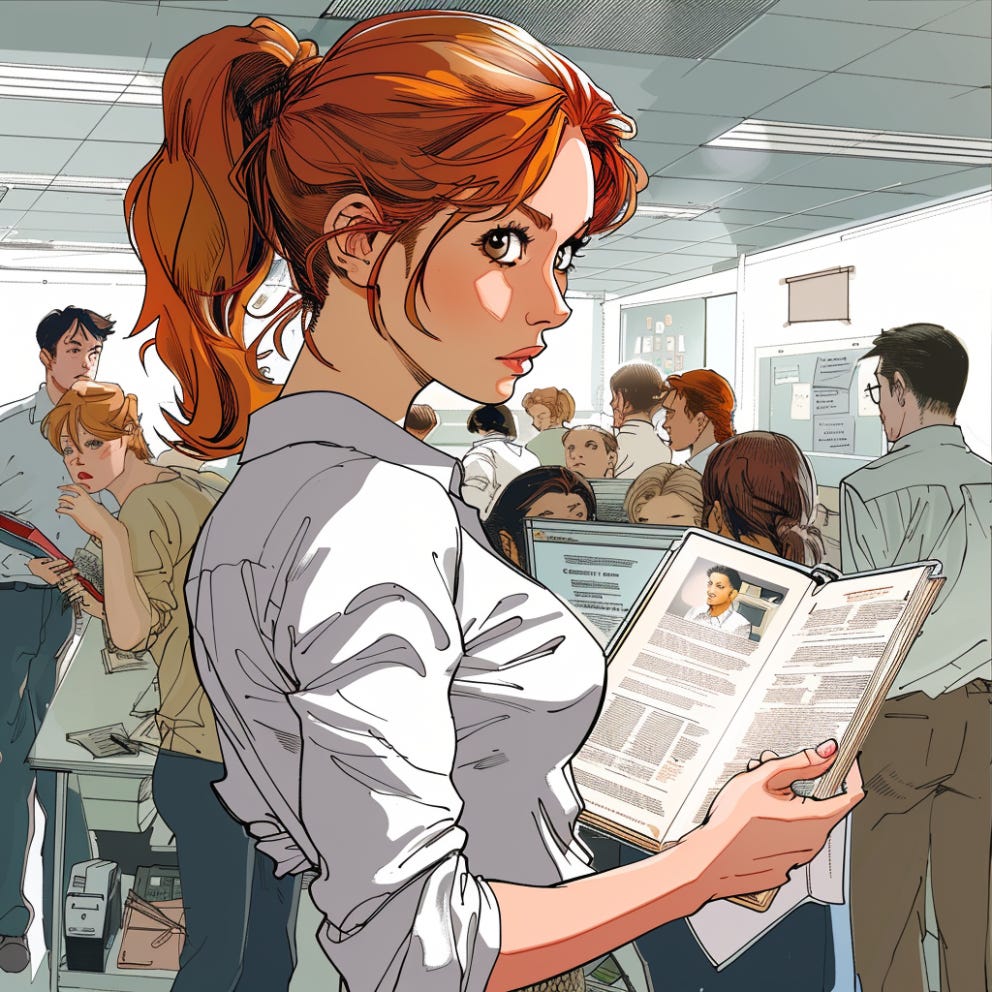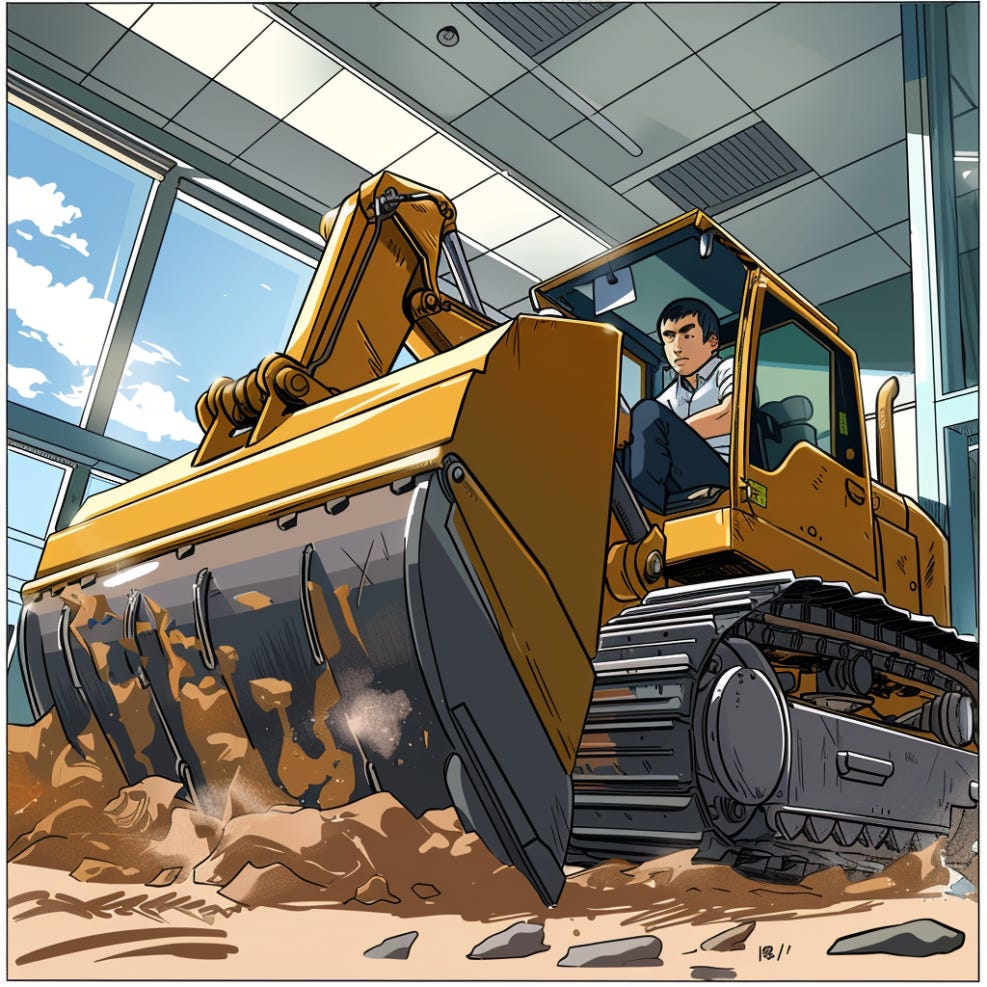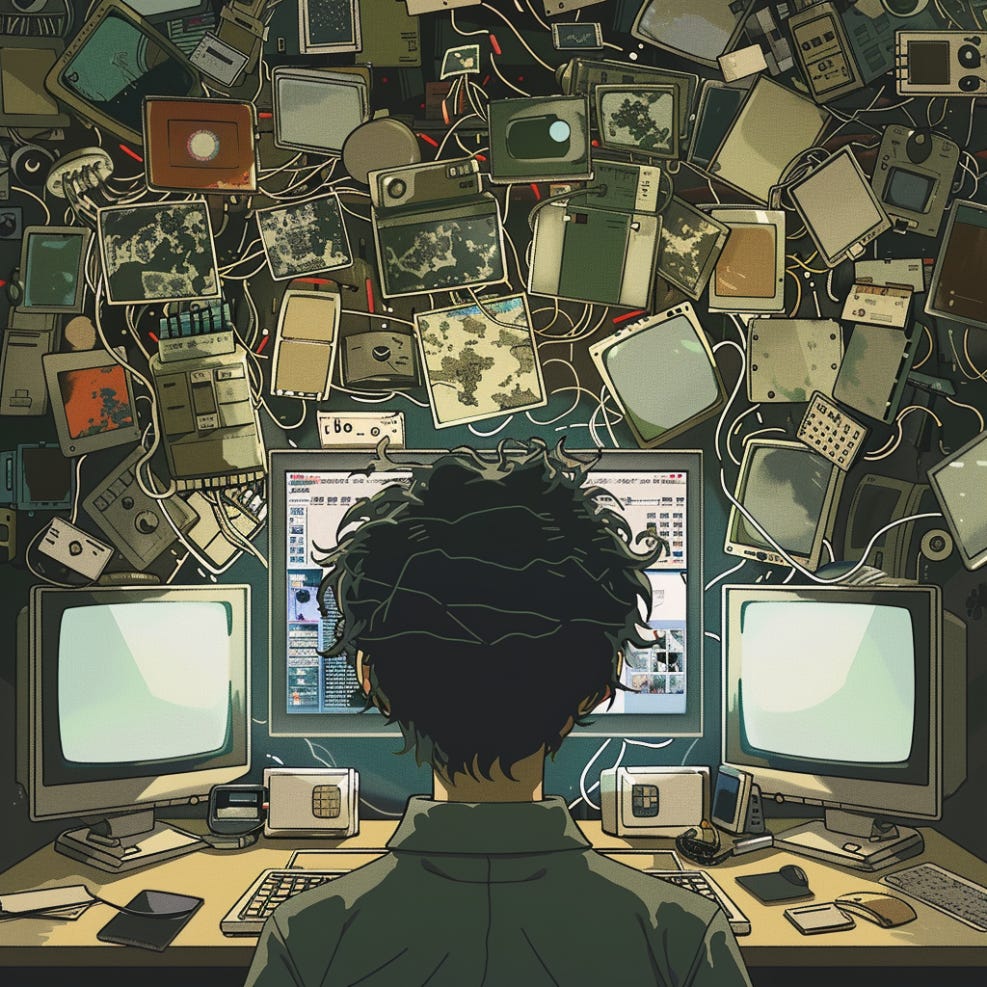In previous episodes, I’ve shared our transition process from the real estate development version of a mom-and-pop diner to a McDonald's. .
A few months ago, my sister showed me this book, which I believe the author wrote explicitly for us. It should've been titled "How to fix the Ordonez's small business.”
I read the book from cover to cover in a few weeks and got to work on the company. We began implementing systems, processes, meetings, and everything you know and love about an enterprise.
After a few months, our improvement is very noticeable. Projects are moving faster and more efficiently. Clients can now see the status of their projects at all times, and when they call our office, we have a lovely customer service team to help them with their questions that all sound like Scarlett Johansson (Sorry OpenAI).
The elephant in the room remains creating an operations manual and training videos. Making them takes longer than waiting to get your name called at the DMV and is more tedious than filling out these forms that I receive daily.
Still, according to the intelligent man who wrote the E-myth book, this manual is essential and will help us train and onboard all employees. The truth is that all employees are human; they forget processes and protocols. Having a manual, they can always rely on having the answers to the test. A cheat sheet of sorts.
So, I began to write our manual. Company values, department descriptions, all that mumbo jumbo.
SOP’s, because people forget
Then I got to the SOPs. The SOPs take longer because they actually matter. They are how people will understand the systems and do their jobs. If I miss information on them, the employees will not do them, guaranteed.
I noticed throughout the years that my dad (who also runs the company) often bulldozed into employee workspaces, gave them tips and tricks, and frequently reprimanded them on how to do the job correctly. He was always specific and to the point. The problem was that they would remember to apply the advice for one day, maybe two at best, then return to their old ways because they would forget what he told them. Old habits die easy only when a new habit is cultivated. I realized that giving the employees a written manual with step-by-step instructions was insufficient. Adding videos, diagrams, and a checklist they can rely on daily were ways to create the habit of looking for information. Remember, people forget easily!
Loom: old app, new features
Ok, now to the tech. Years back, I used software from a small company named Loom to create social media content. The concept is simple, Loom allows you to screen-record your computer while talking over it. It was so simple that I stopped using it because my computer could do that for free. I decided to check Loom out again because they now offer transcriptions from the videos, something that my Mac can't do. I could take the transcriptions from the videos, pop them into ChatGPT, and have a rough outline for the SOP. Perfect. After creating my first video back on Loom, I noticed something extraordinary, it automatically took my transcriptions and created an SOP! Skeptical at first, I took the transcriptions and ran them through ChatGPT, but to my amazement, Loom produced a better SOP. I assume the prompting they use to create it is better than mine.
"How to fix the Ordonez's SOP manual."
Much like the book at the beginning, Loom should have named this software "How to fix the Ordonez's SOP manual."
With this tool, I have created SOP videos and text to go into our manual at Lightning Mcqueen speed, the best 2-1 deal I've seen since college.
How I Use It
I am now going to do a brief demonstration of how I'm using this software in true Inception fashion.
Keep reading with a 7-day free trial
Subscribe to Adan’s Newsletter to keep reading this post and get 7 days of free access to the full post archives.






